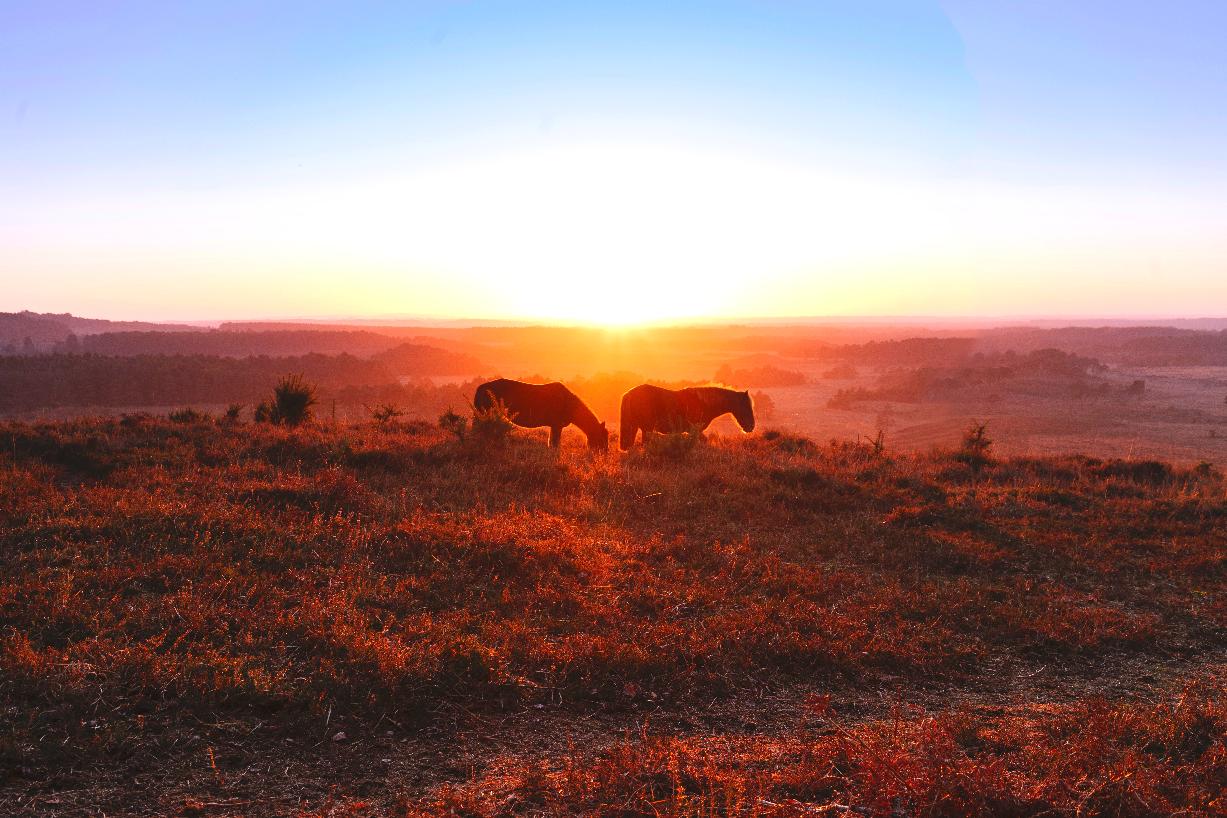
4 minute read
UK National Park Index
This is a free read from Ghost Dance issue 01. To unlock full access to all content, please purchase the magazine for £8.00 / €9.00 / $11.00.
UK National Park Index
Advertisement
Conducted by Craig Manor, Bowness on Windermere, Lake District
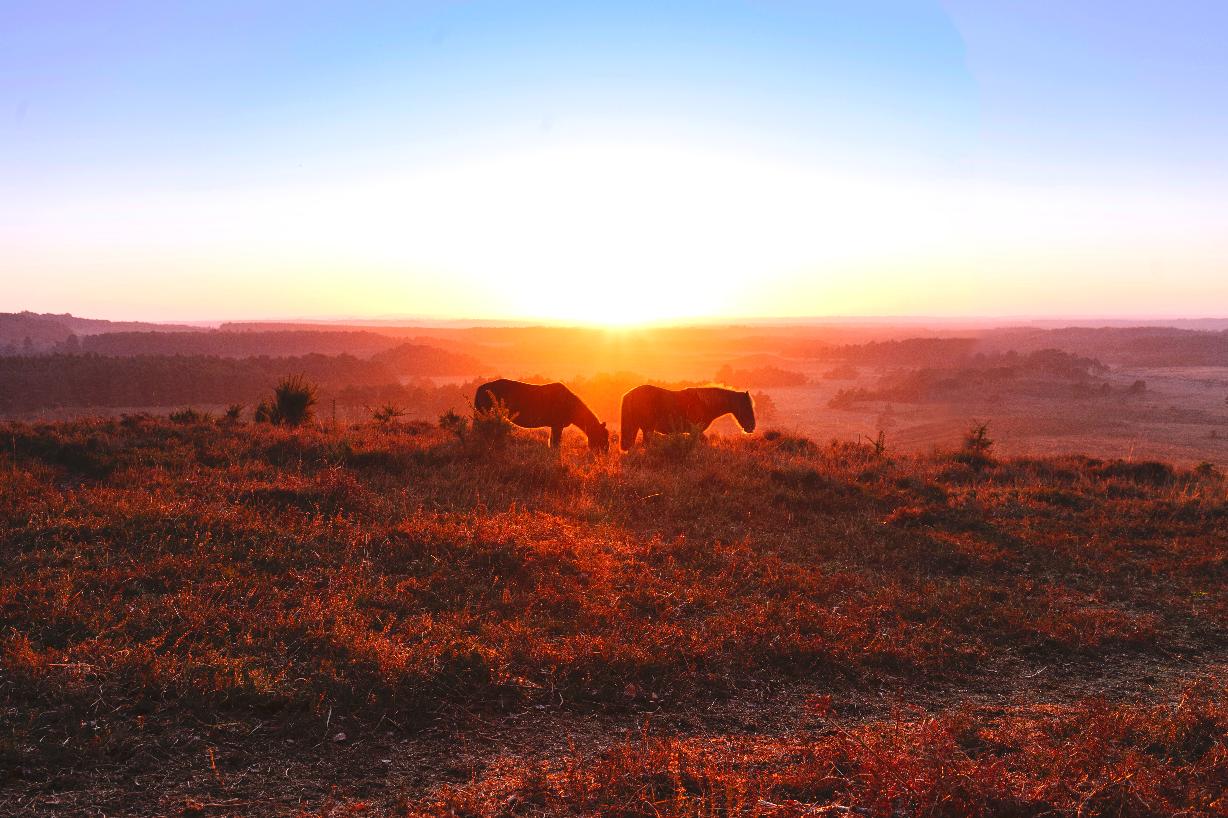
New Forest National Park, Hampshire, United Kingdom
Photo by Annie Spratt
The coronavirus has meant that we’ve all had to look a little bit closer to home when it comes to booking a trip away. The UK is blessed with some stunning areas of natural beauty, especially within the borders of the Lake District's fifteen national parks. From the moorlands of Dartmoor and North Yorkshire to the spectacular summits of the Peak District, there’s a great mix of national parks to explore, each with its own unique charms.
The team at Craig Manor have attempted to rank each of the country’s national parks on a range of factors.
Third, second and first places are detailed further in the following pages.
10. Dartmoor
9. Exmoor
8. South Downs
7. Peak District
6. Northumberland
5. Pembrokeshire Coast
4. New Forest
3. SNOWDONIA
The Snowdonia National Park in northwest Wales boasts vast areas of natural beauty and is known as Eryri in Welsh, a name that can be translated as “the place of the eagles.” Founded in 1951, it is the oldest national park in Wales and is home to the tallest mountain in Wales and England, Mount Snowdon, known or Yr Wyddfa in Welsh, at an elevation of 1,085 metres (3,560 feet). If mountain climbing isn't your thing, then it's possible to take the Snowdon Mountain Railway to the top, Britain's only public track and pinion mountain railway, which runs from Llanberis to the summit of Snowdon.
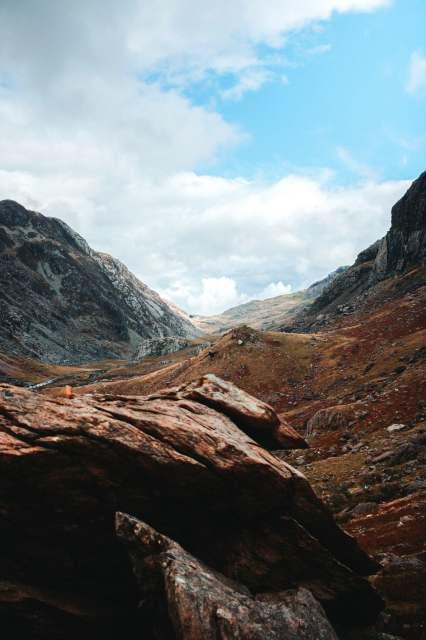
Snowdonia National Park, United Kingdom
Photo by Nighthawk Shoots
2. THE BROADS
The Broads is a network of mostly navigable rivers and lakes in the English counties of Norfolk and Suffolk. They consist of a fragile wetland of international importance, with rare wildlife like the huge swallowtail butterfly, the booming bittern, frolicking otters and beautiful white water lilies. The countryside is undulating and mostly agricultural, with sandy beaches, stunning coastline and glorious inland waterways and rivers. The area is 303 square kilometres (117 square miles), most of which is in Norfolk, with over 200 kilometres (120 miles) of navigable waterways. Although the terms Norfolk Broads and Suffolk Broads are used to identify specific areas within the two counties, respectively, the whole area is frequently referred to as the "Norfolk Broads".
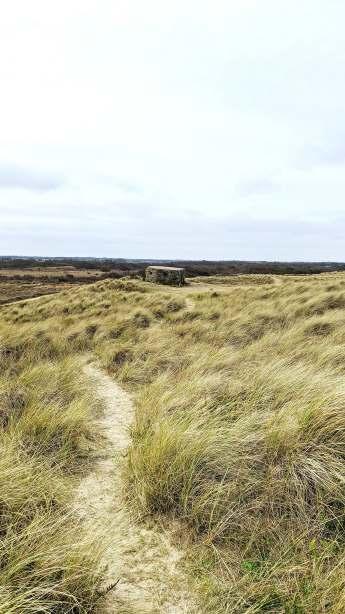
Lost WW2 Bunker, Norfolk Broads, United Kingdom
Photo by David Irvine
1. LAKE DISTRICT
Area (sq miles): 884.9 | Lakes: 29 | Walking routes: 194
Not only is it the most visited of the UK national parks, and recently made a UNESCO World Heritage Site, but the stunning Lake District also came top for three of the factors Craig Manor were looking at - attractions, walking routes and Instagrammability - while also scoring highly for outdoor activities and its abundance of beautiful lakes which give it its name. While you might have to put up with the odd rain shower, the Lakes are a special destination whether you want to explore the fells and lakes on one of the famous Wainwright Walks or the indoor visitor attractions such as the World of Beatrix Potter.
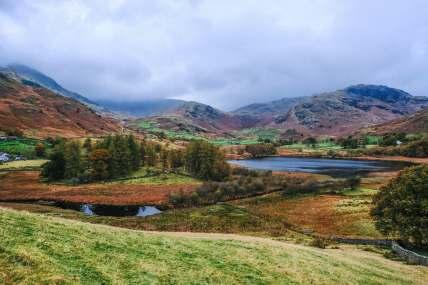
Whiteless Pike, Lake District, United Kingdom
Photo by James Kemp
First published in the Westmorland Gazette in the 1950s, Alfred Wainwright's Pictorial Guide to the Lakeland Fells comprises seven volumes listing 214 mountains and tops, each with its own chapter. Although he wasn't a native of the region - born in Blackburn, Lancashire in 1907 Wainwright enjoyed long walks as a young man, venturing out from his hometown and across the hills of the Lancashire countryside. He showed great interest in drawing and cartography as a child, producing his own maps of England and the local area - it was not uncommon for the young boy to walk 20 miles in a day.
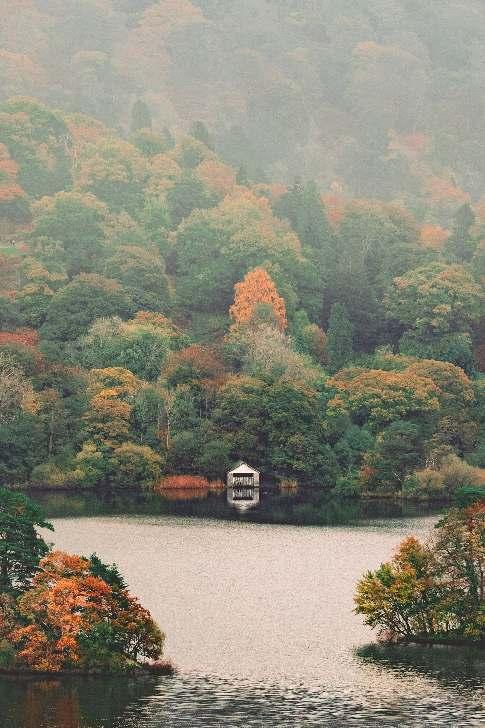
Kendal, South Cumbria, Lake District, United Kingdom
Photo by James Kemp
When an accountancy job became available at the Town Hall in Kendal, Wainwright didn't hesitate to move to Cumbria. From then on, instead of having to organise expeditions to Lakeland from fifty or sixty miles, he was right there on the spot. Weekends could be spent in his beloved mountains, documenting fells, routes and his love affair with the Lake District. In 1955 he published the first volume of his Pictorial Guide to the Lakeland Fells and, as they say, 'the rest is history.'
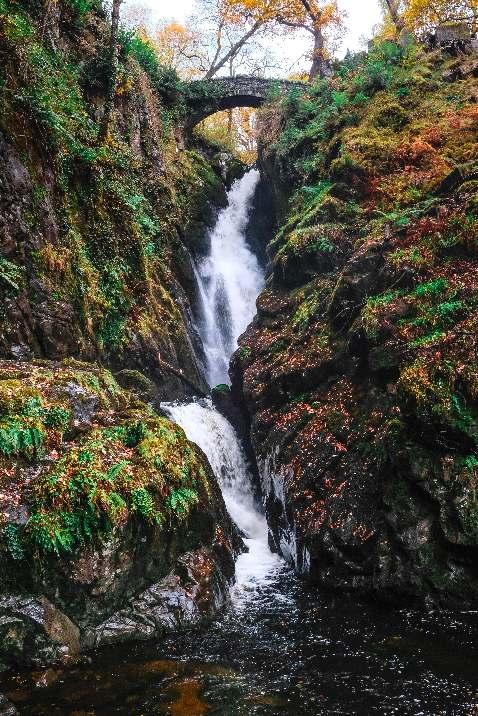
Aira Force, Penrith, Lake District, United Kingdom
Photo by Ian Cylkowski
The Lake District National Park has a wide range of activities and attractions, as well as the natural beauty of the entire area. Many have learnt to windsurf on Windermere, cycled the trails of Lowther Castle or stargazed from Grizedale Forest.
No matter how you want to enjoy your time in the Lakes, you can walk, cycle, swing in the trees and splash about to your heart's content. In the winter, you can even head into the mountains with Fell Top Assessors, taking you on a guided tour as well as winter skills courses from December to April. With 12 of the largest lakes in England and 3,105 kilometres of rights of way, this is truly one of Britain's most breathing spaces.
Craig Manor is set in Bowness on Windermere, in the heart of the Lake District. A family-run hotel, think roaring log fires, charming leather chesterfields, delicious breakfasts, newly-styled lake-facing bedrooms and warm, friendly service - the perfect base to explore the delights of the Lake District. www.craigmanor.co.uk







